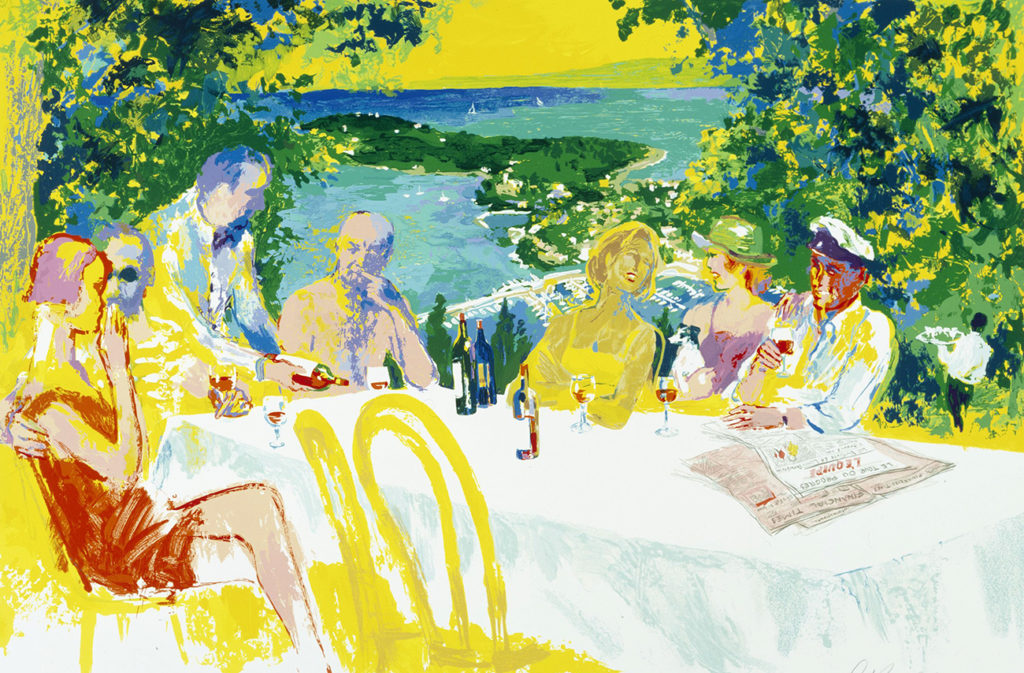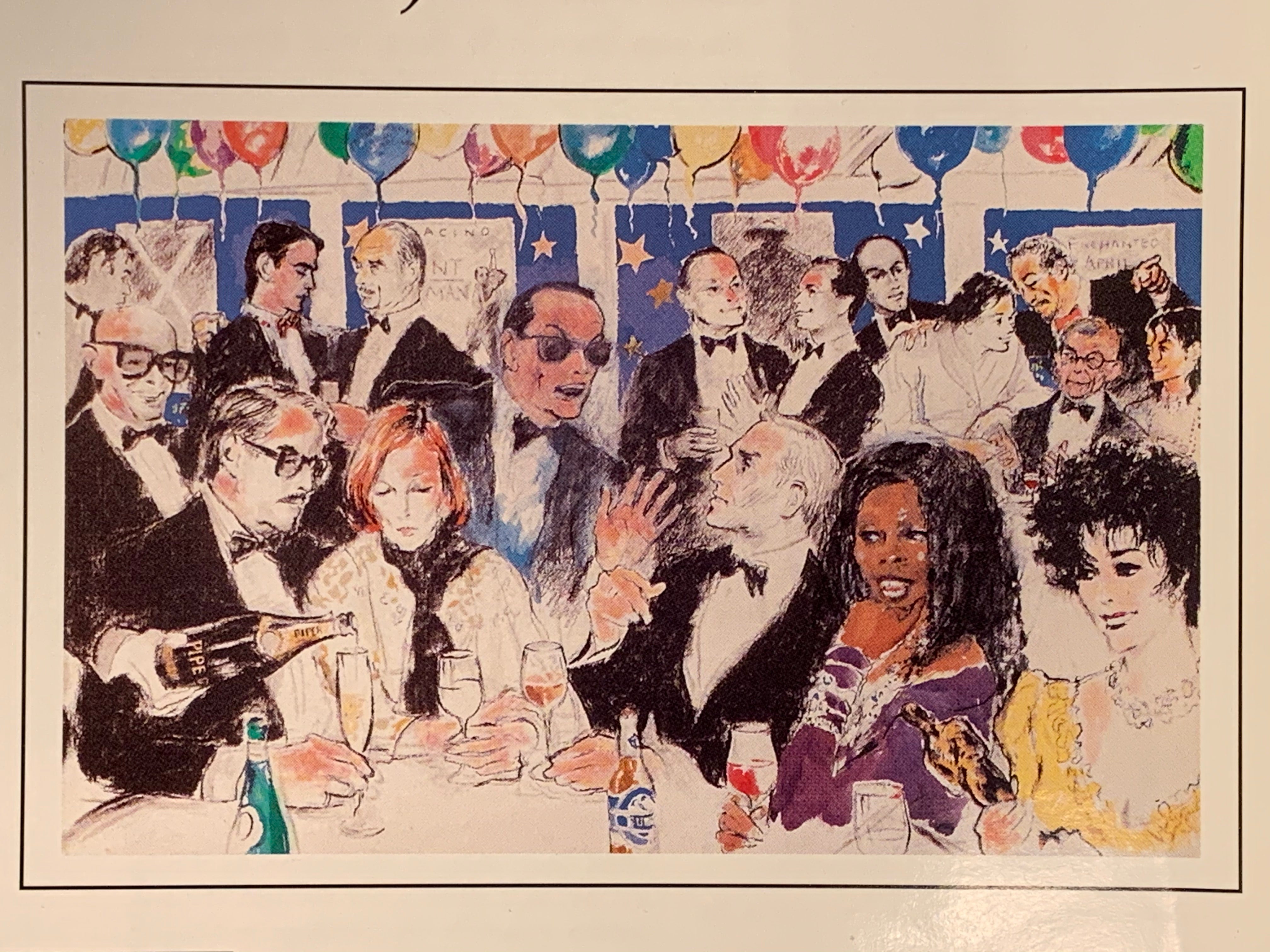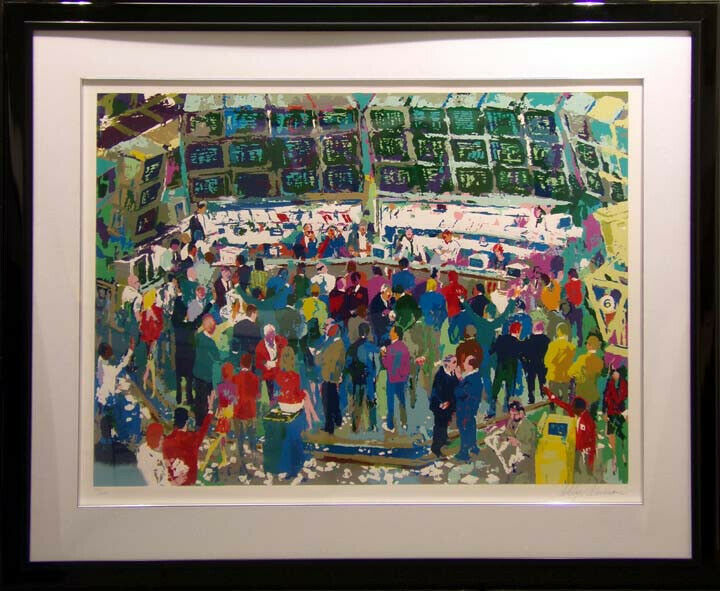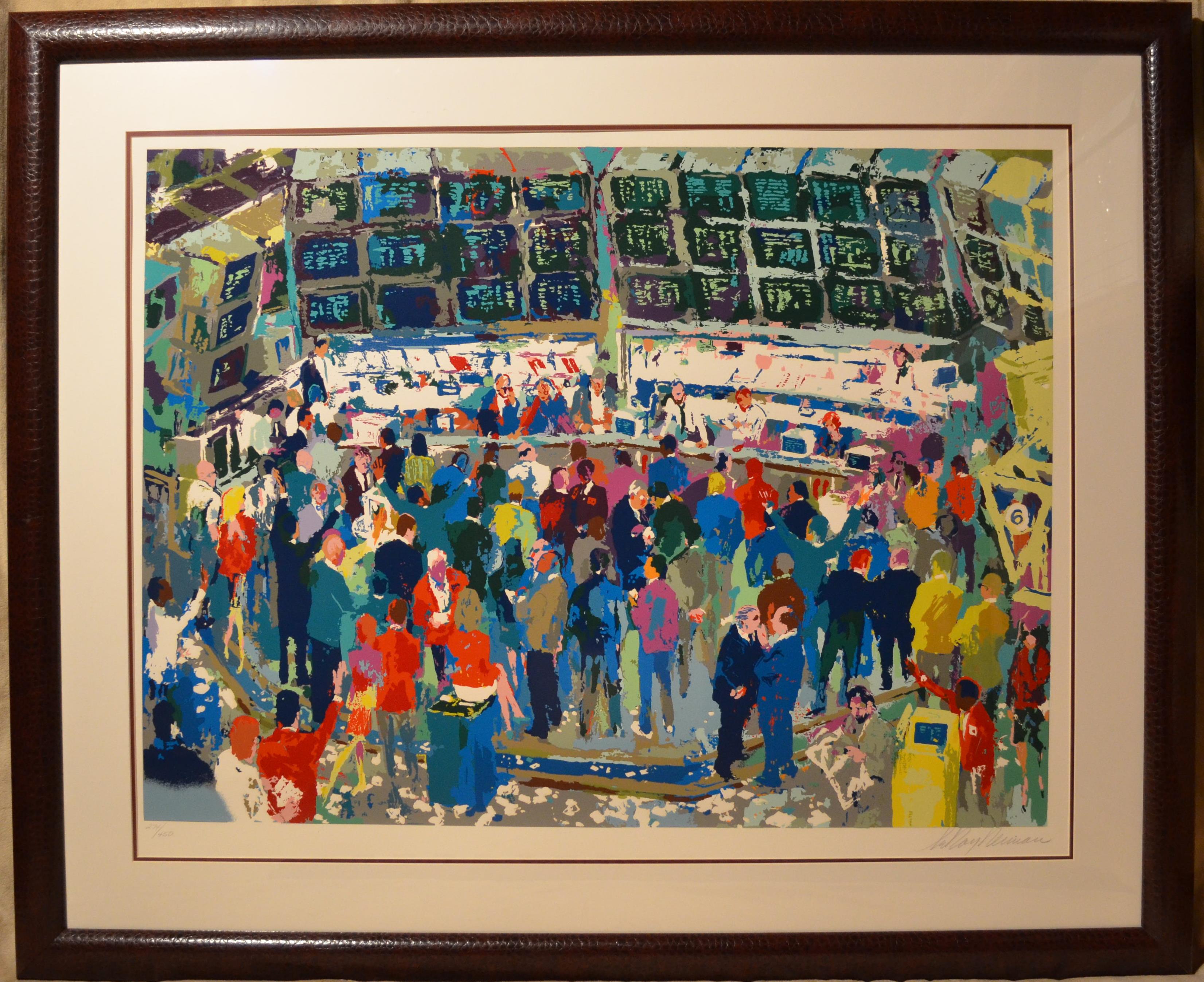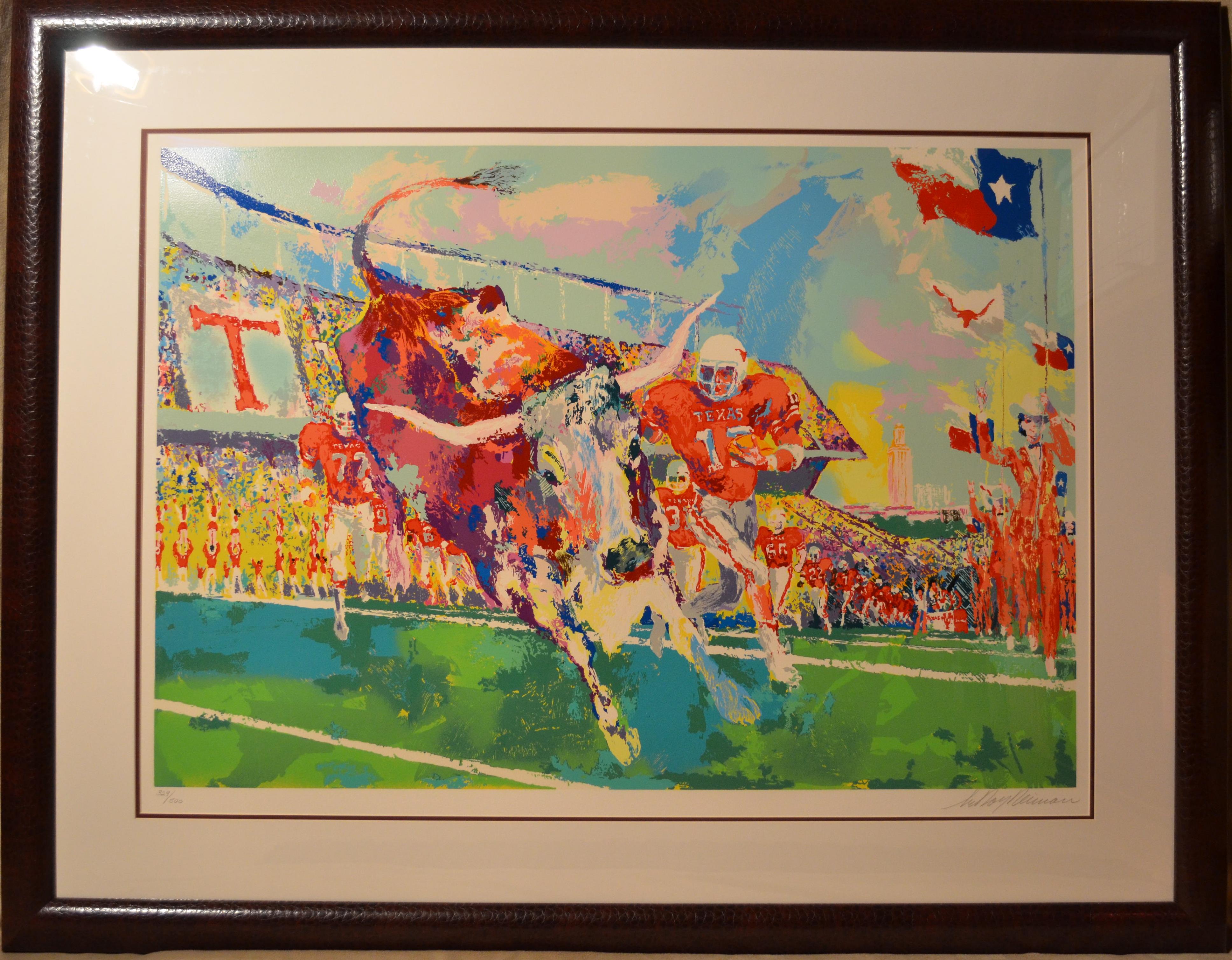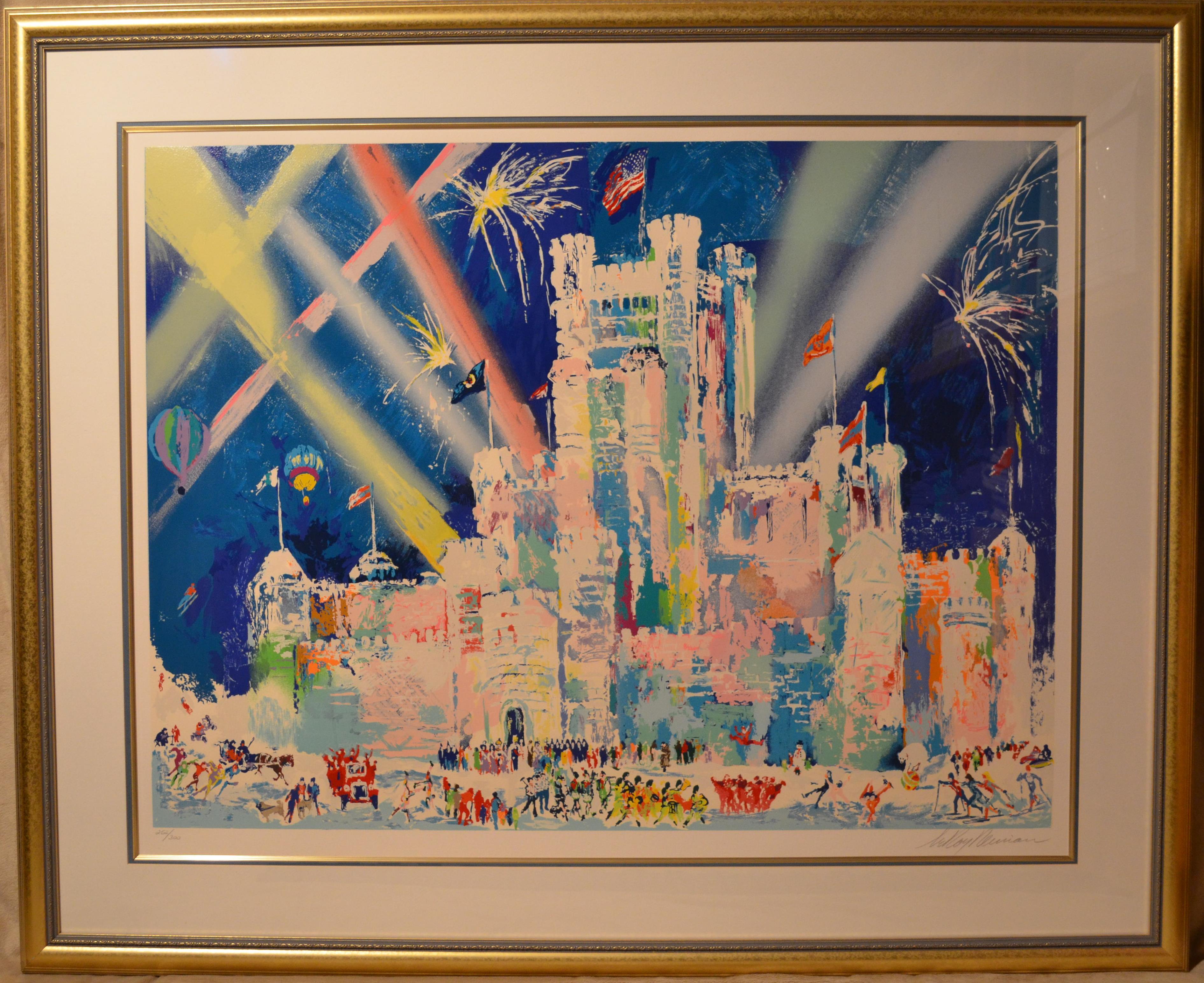Leroy Neiman
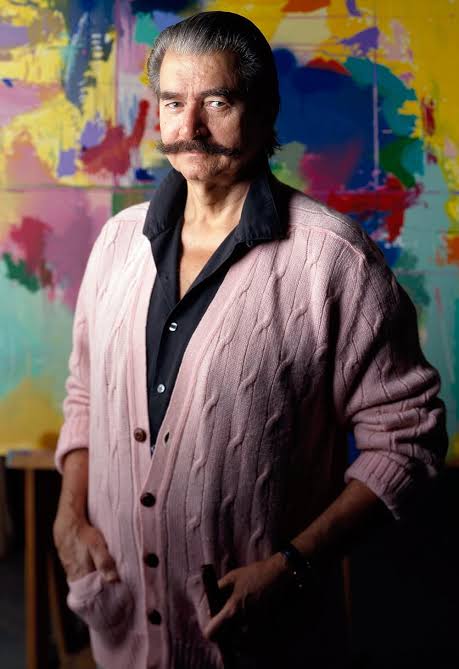
Early Life and Education
Born on June 8, 1921, in Saint Paul, Minnesota, LeRoy Neiman grew up in a tough neighborhood after his father abandoned the family. He discovered his talent for drawing at a young age, selling posters and even drawing tattoos for classmates. After serving in the U.S. Army, Neiman attended the Saint Paul School of Art and the School of the Art Institute of Chicago, where he studied alongside future notable artists.
Early Career Breakthroughs
Neiman spent a decade teaching and quickly gained recognition for his work. In 1953, his painting Idle Boats won first prize at the Twin City Show, leading to acquisitions by major museums. In 1954, he met Hugh Hefner and created the iconic Femlin for Playboy, marking the start of a defining collaboration with the magazine.
International Recognition
Throughout the 1960s, Neiman’s travels and prolific work solidified his global reputation. He painted prominent figures in sports, politics, and the arts, with a particular focus on athletic events. His lifelong friendship with Muhammad Ali and his iconic sports paintings earned him the title of the world's most renowned sports artist.
Cultural Impact and TV Appearances
Neiman’s art captured dramatic, larger-than-life moments on the world stage. His paintings for the Olympics and TV appearances brought his art to the masses, making him a household name. As the official artist for five Olympic Games, his art and media presence made him one of the most famous living artists of his time.
Major Commissions and Global Influence
From the late 1960s, Neiman’s commissions were endless. He painted for major events, including the Democratic National Convention and Super Bowl, while capturing cultural moments like the Bobby Fischer-Spassky chess match. His work also included Broadway sets, album covers, and much more.
Philanthropy and Legacy
In 1986, Neiman and his wife created the LeRoy Neiman Foundation to support arts education. Through various initiatives, including the LeRoy Neiman Center for Print Studies at Columbia University, Neiman’s legacy extended beyond his art to benefit young artists. By the time of his death in 2012, Neiman had painted on five continents, leaving a lasting impact on both the art world and education.
Featured collection
